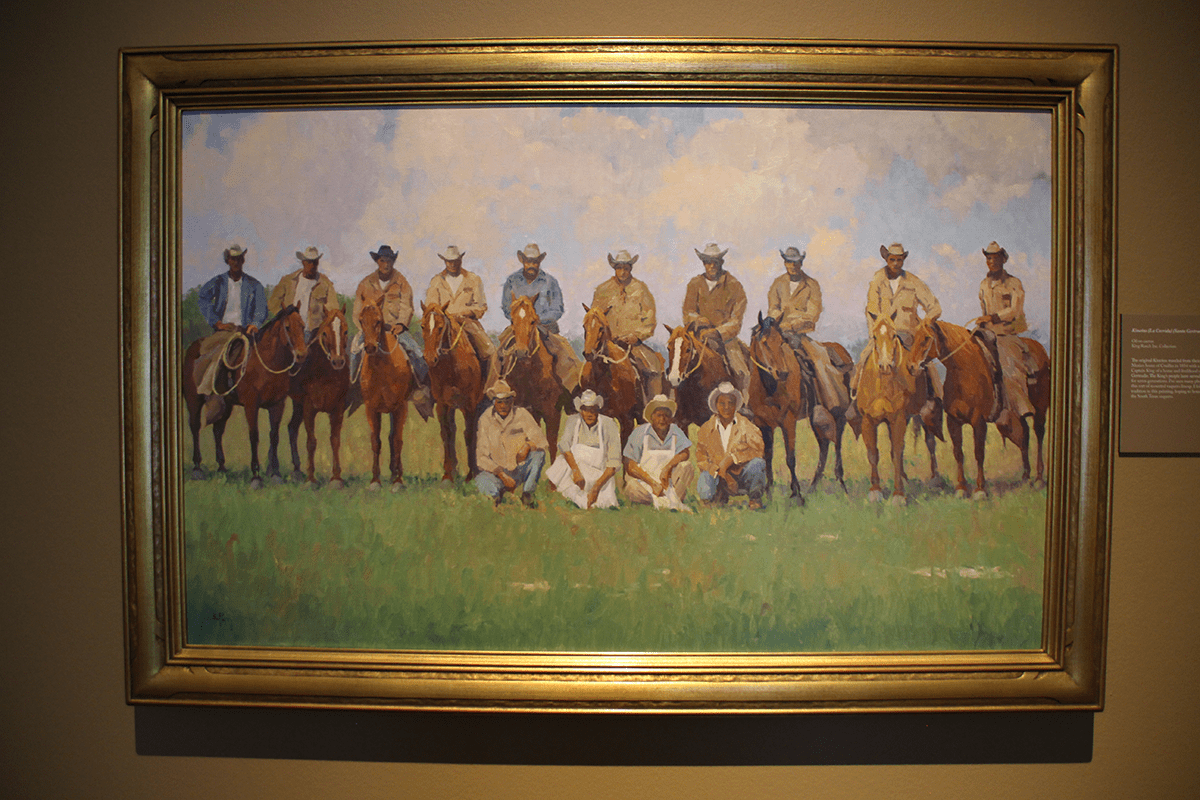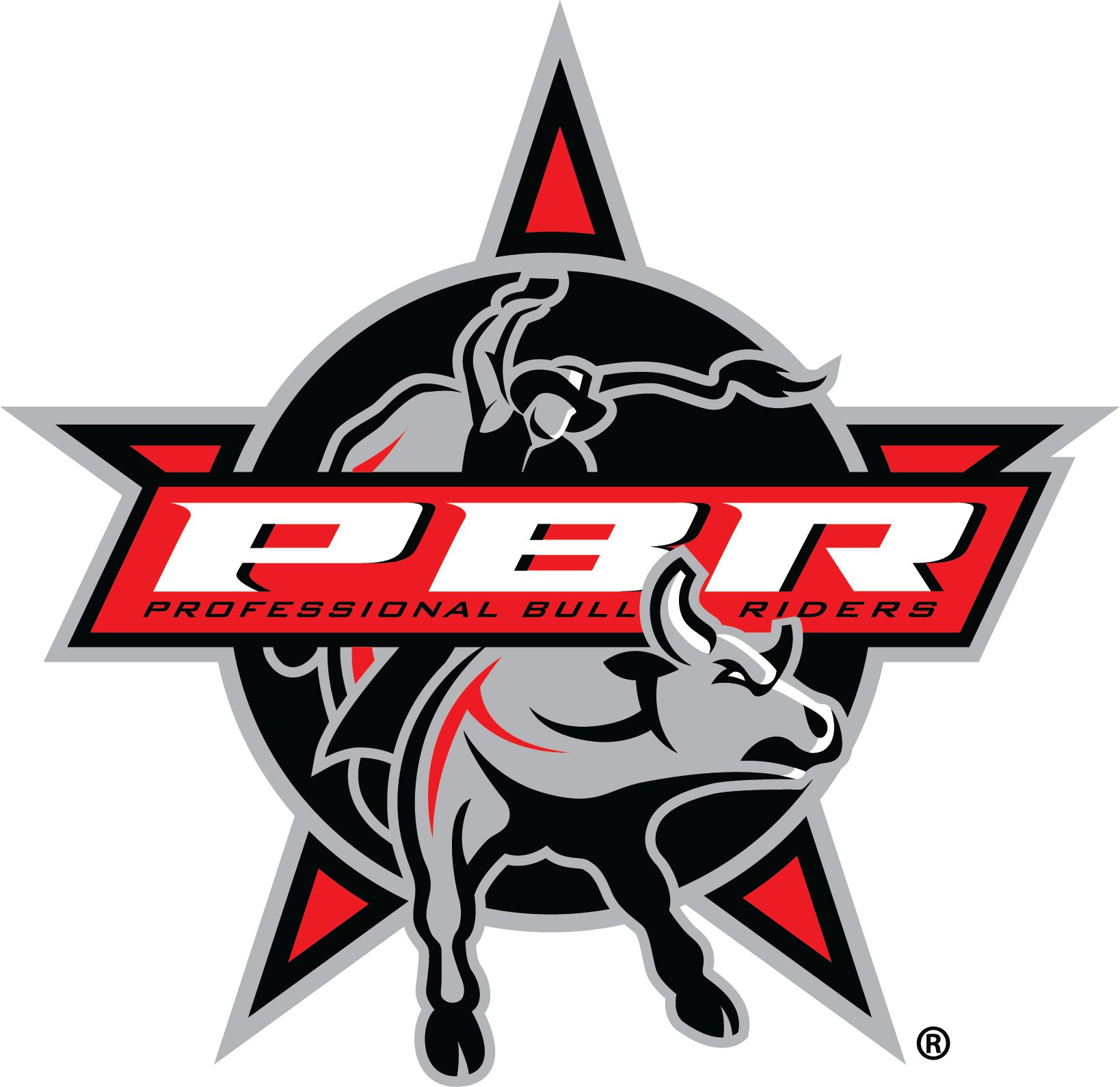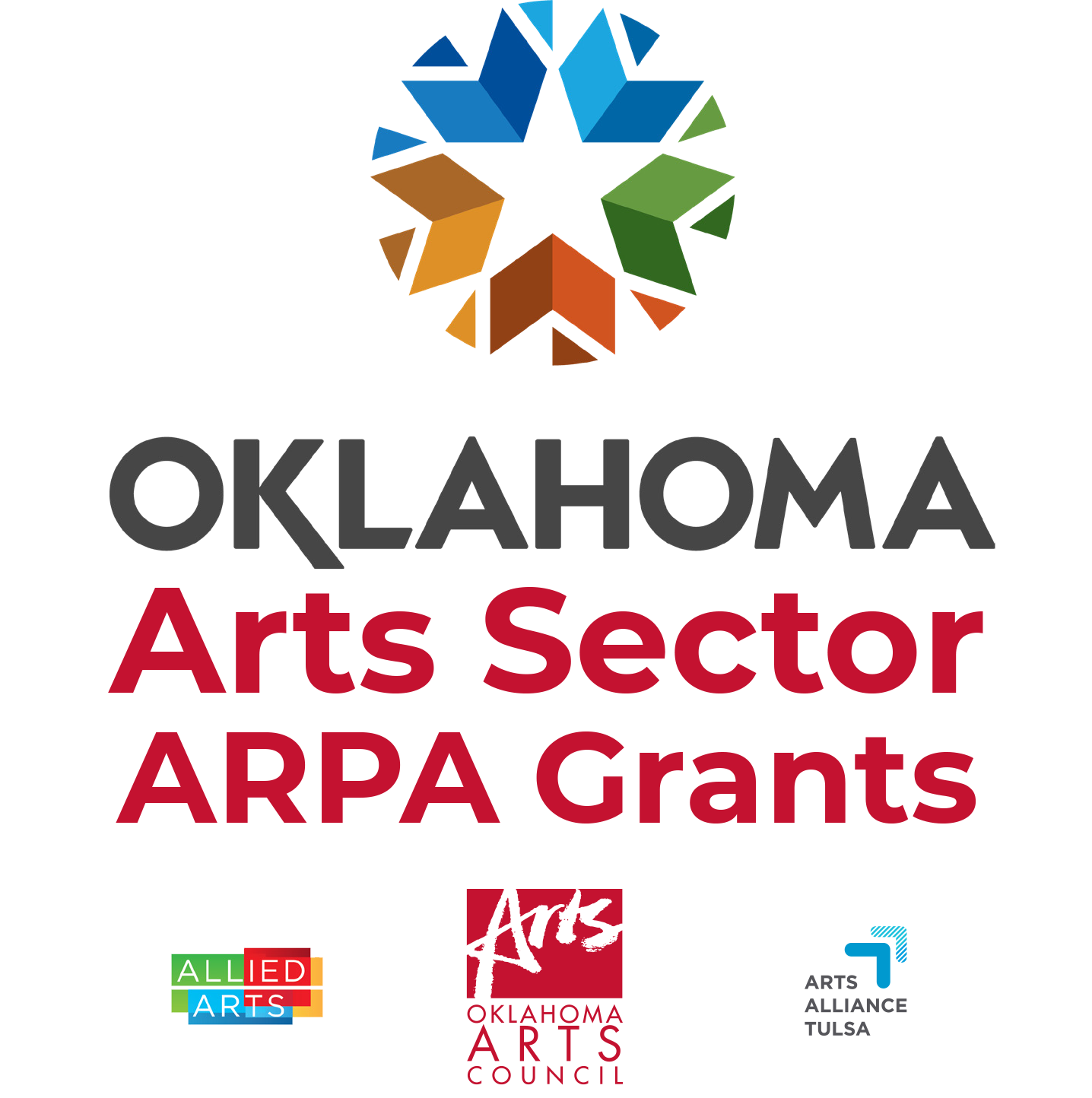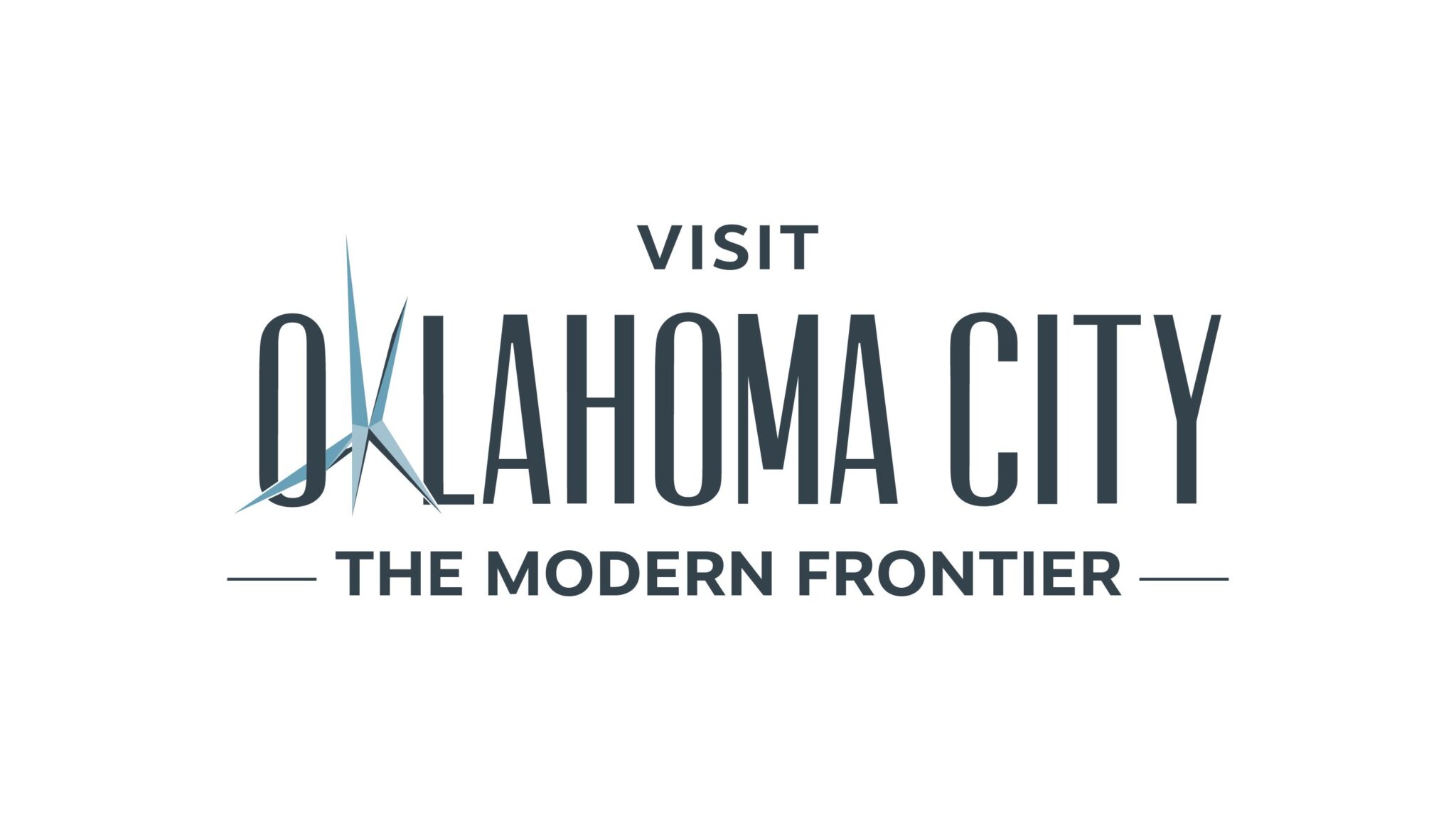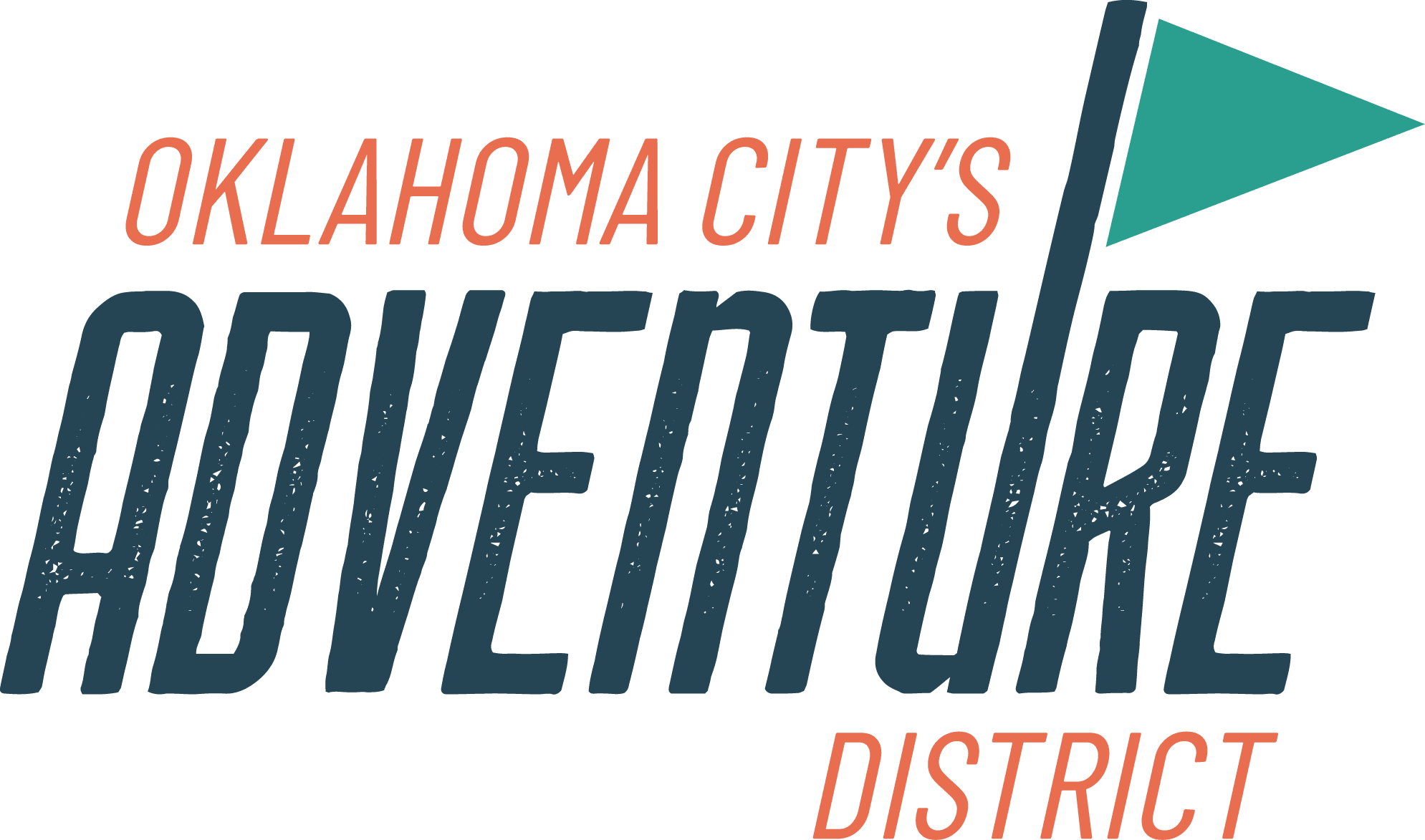Located in Southern Texas, King Ranch occupies a vital part of American Western history. Captain Richard King founded the Rancho de Santa Gertrudes (King Ranch) in 1853 after working as a river boat captain during the Mexican War.
Currently on exhibition, “King Ranch: A Legacy in Art; The Paintings of Noe Perez” explores the vast spaces of King Ranch. Diverse in presentation, Perez’s paintings captivate the viewer. Painting the historic Main House, important sources of water, livestock on the King Ranch and so much more, Perez showcases the aspects of the Southern Texas landscape that make it so unique.
Who are the Los Kineños?
When Captain King settled in Southern Texas in the early 1850s, a terrible drought had been happening in Northern Mexico. Captain King visited a town, and they sold him all their cattle to attempt to survive the drought. He started driving the cattle northward but quickly stopped. Realizing he could help the townspeople of Cruillas, Captain King went back to the town and called a meeting. He offered to move the people of the town to his ranch in exchange for food, shelter and an income to work on the ranch.
This seemed like a fair offer and many of the townspeople chose to move to Captain King’s ranch in 1854. They became known as Los Kineños or “King’s people.”
Los Kineños were expert cowboys when it came to working with livestock and horses. They chose to stay at King Ranch and have worked there for seven generations. Today, their descendants still work on the King Ranch and there is a longstanding tradition of respect for Los Kineños in Southern Texas.
Paintings by Noe Perez on Exhibition at The Cowboy
Kineños (La Corrida) (Santa Gertrudis). Noe Perez, 2020, Oil on canvas.
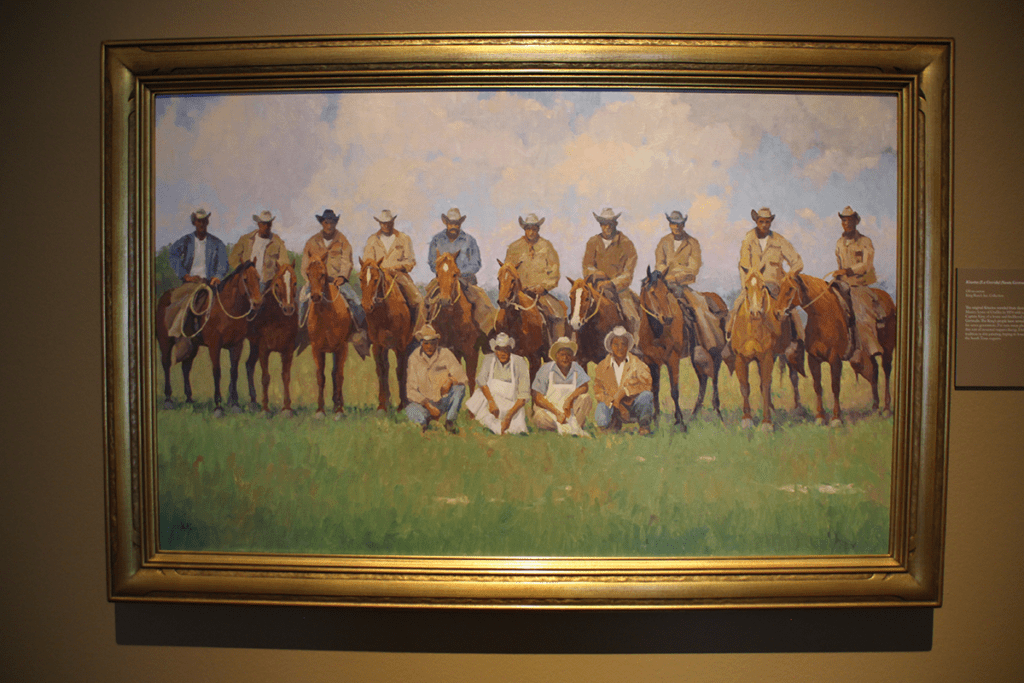
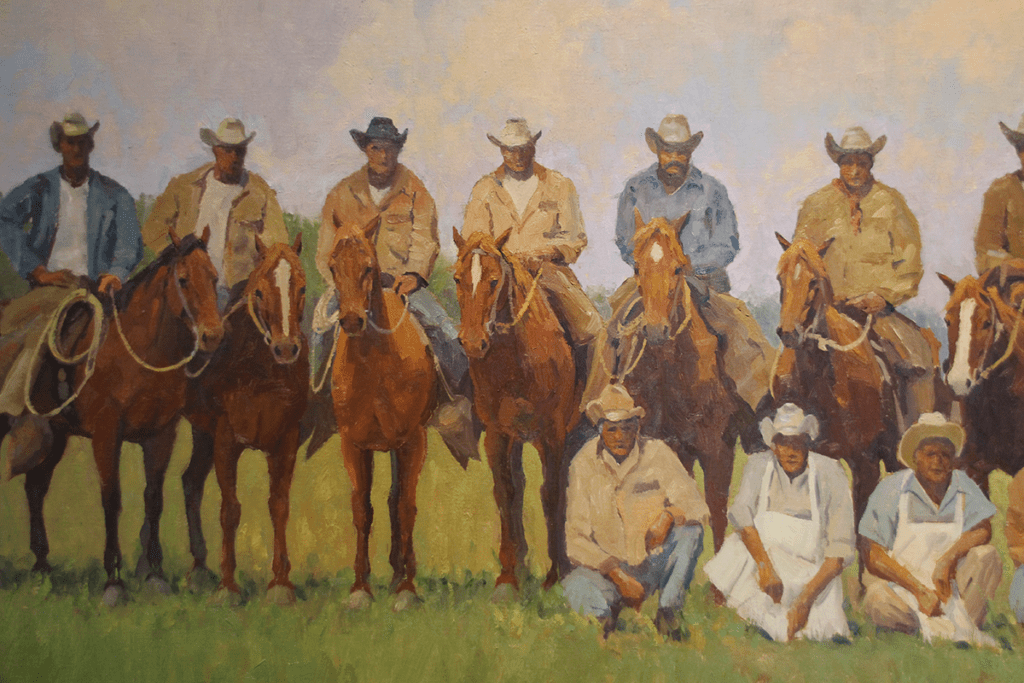
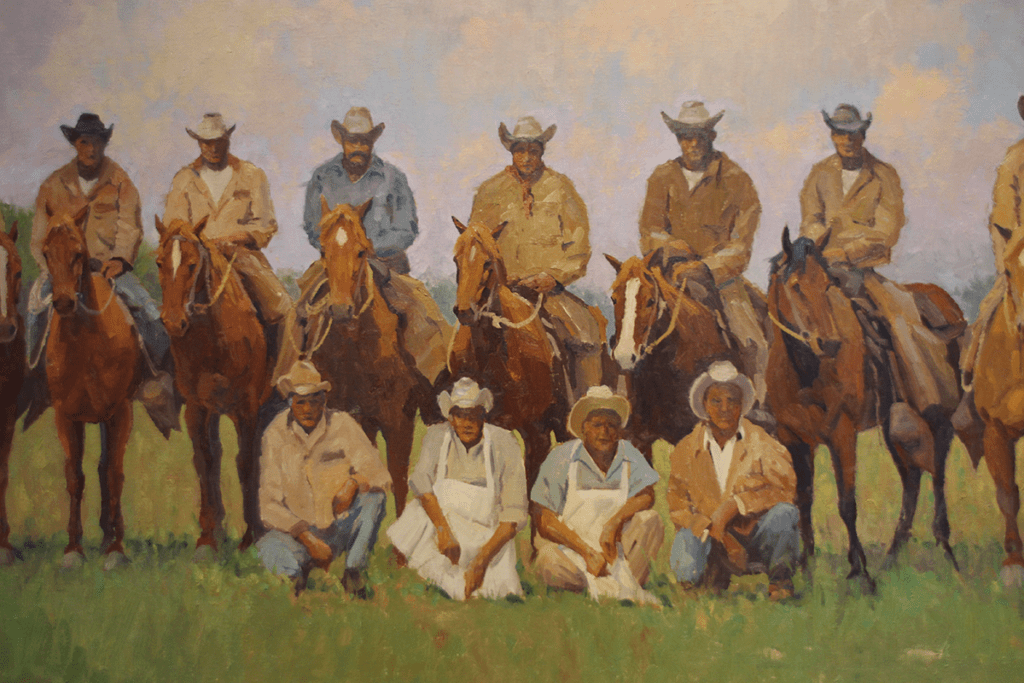
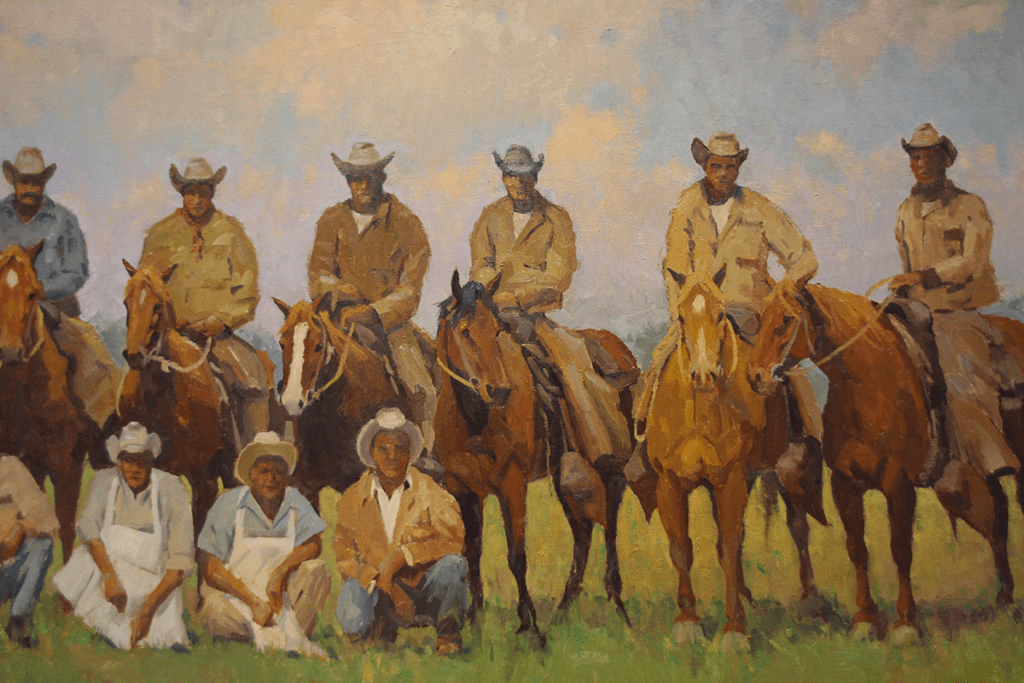
Old Colony Casitas (Santa Gertrudis). Noe Perez, 2019, Oil on canvas.
Some of the original casitas built in the 1850s are still standing on the King Ranch. Noe Perez painted a picture of the casitas which can be seen below.
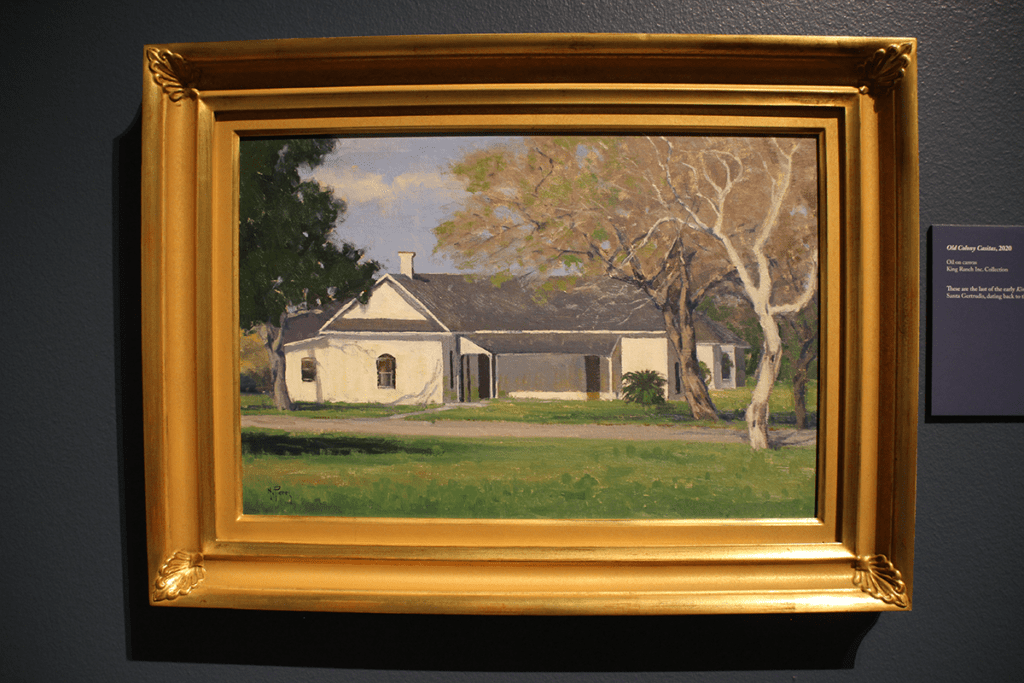
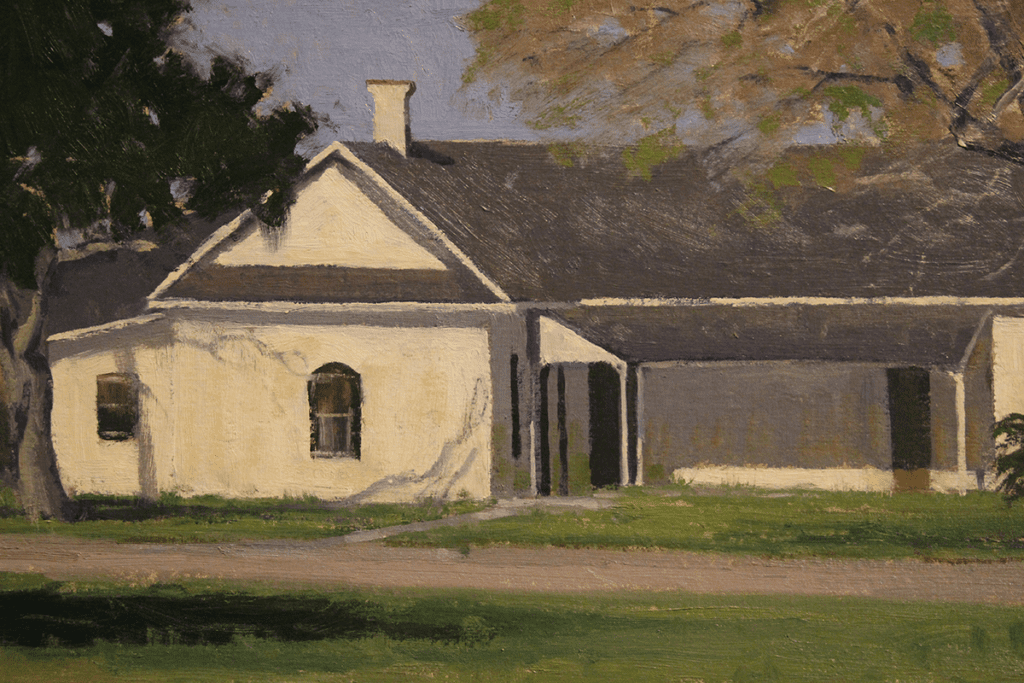
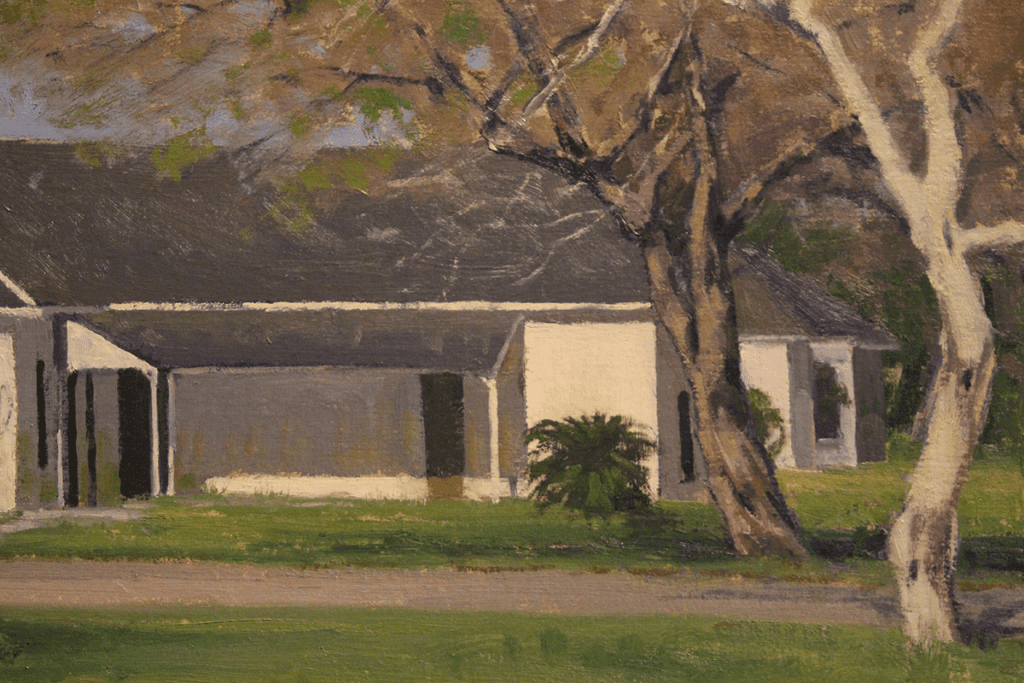
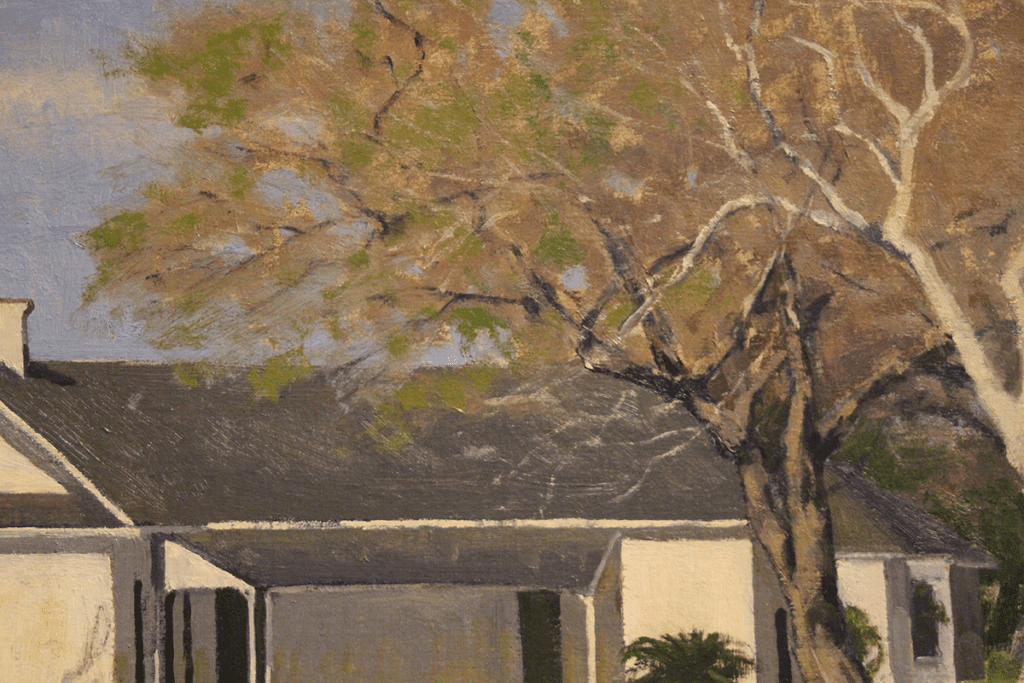
Tiffany Gate at the Main House. Noe Perez, 2019, Oil on canvas.
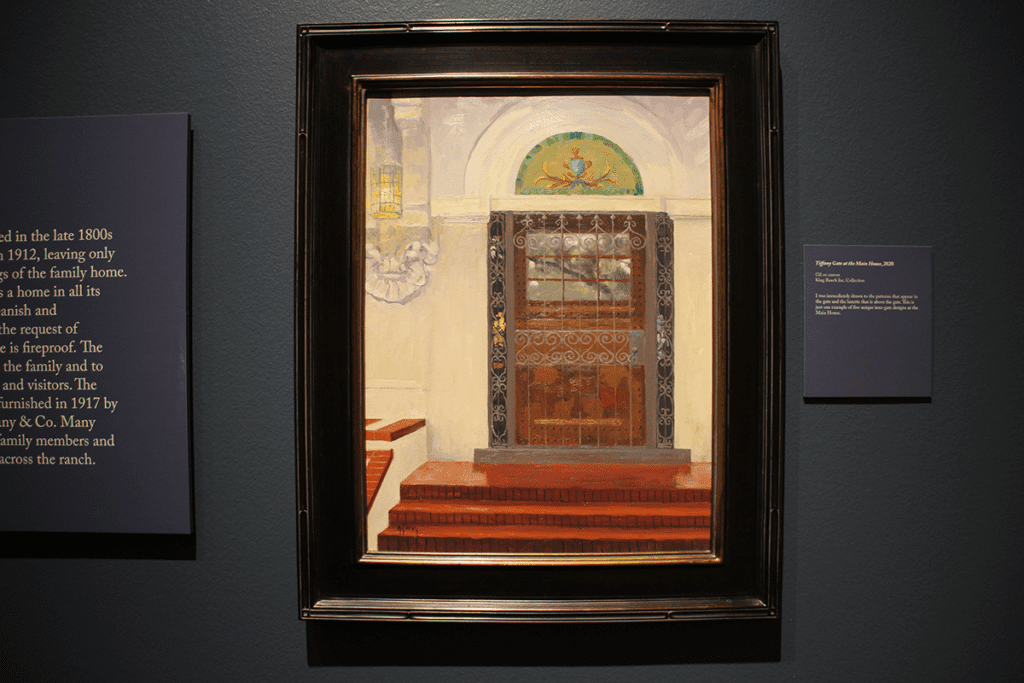
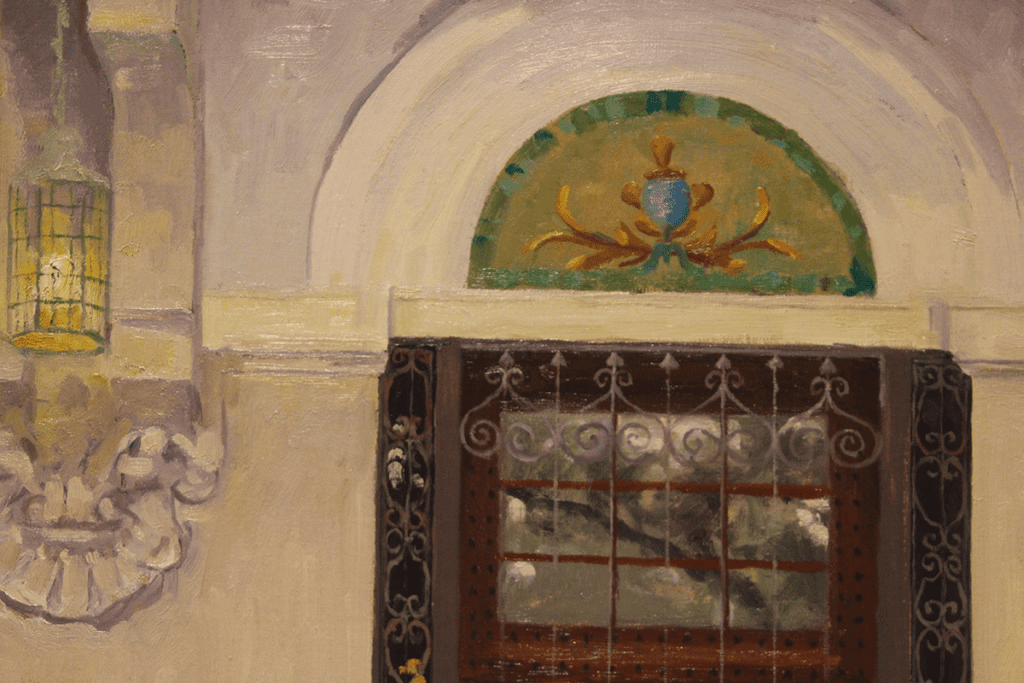
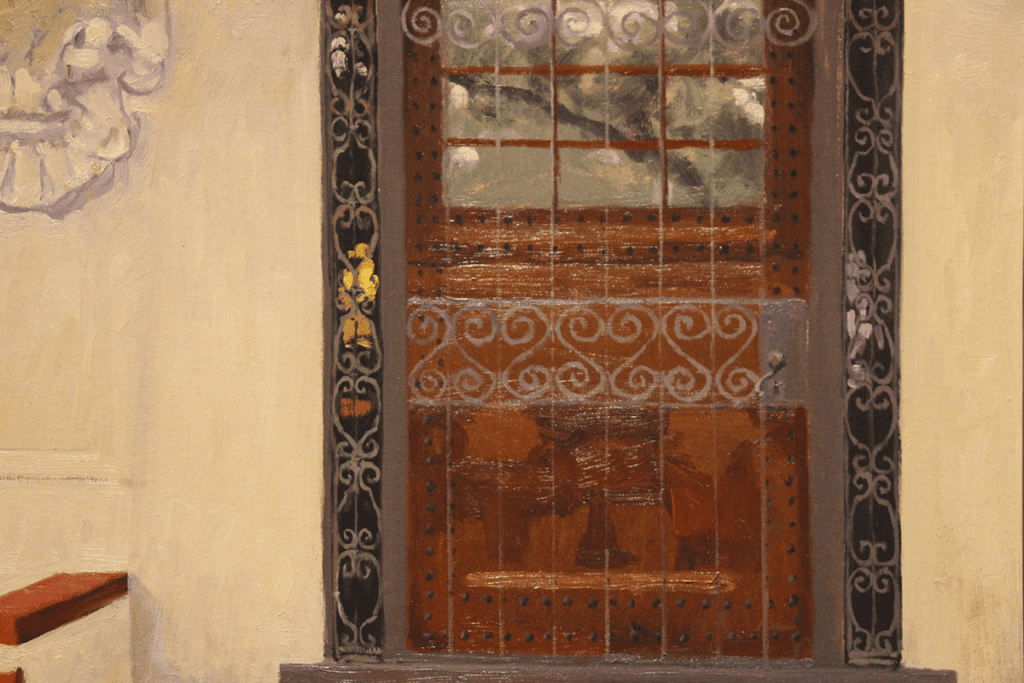
Santa Gertrudis Pair (Santa Gertrudis). Noe Perez, 2018, Oil on canvas.
In 1920, the only American breed of cattle was sired – the Santa Gertrudis. Monkey was 3/8 Brahman and 5/8 Shorthorn. The cattle breed wasn’t recognized by the U.S. Department of Agriculture until 1940. It was the first new breed recognized in over 100 years.
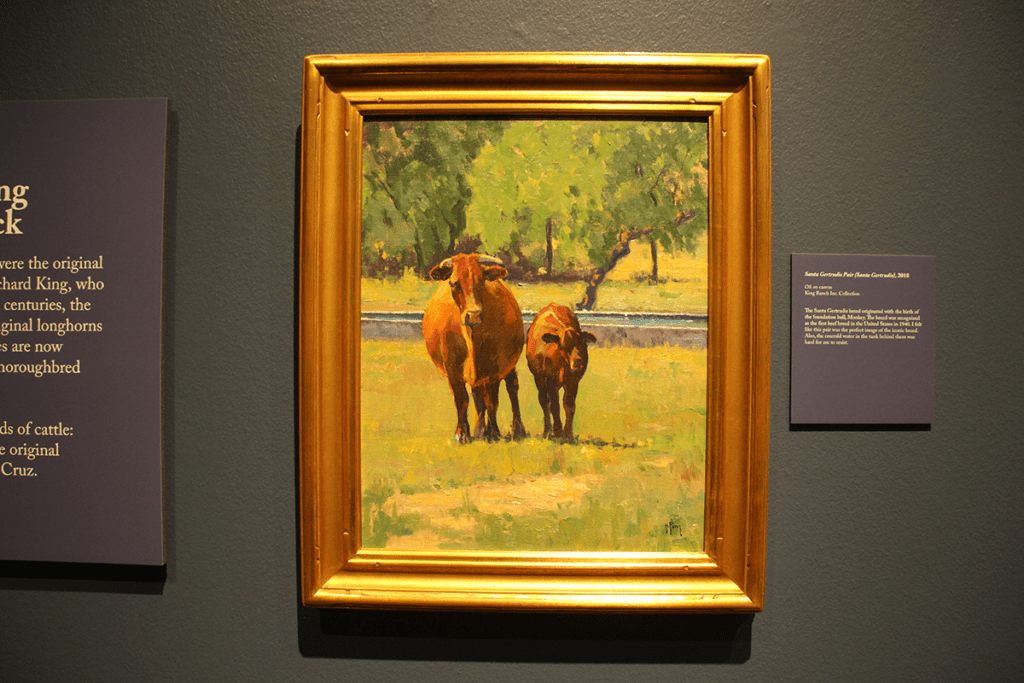
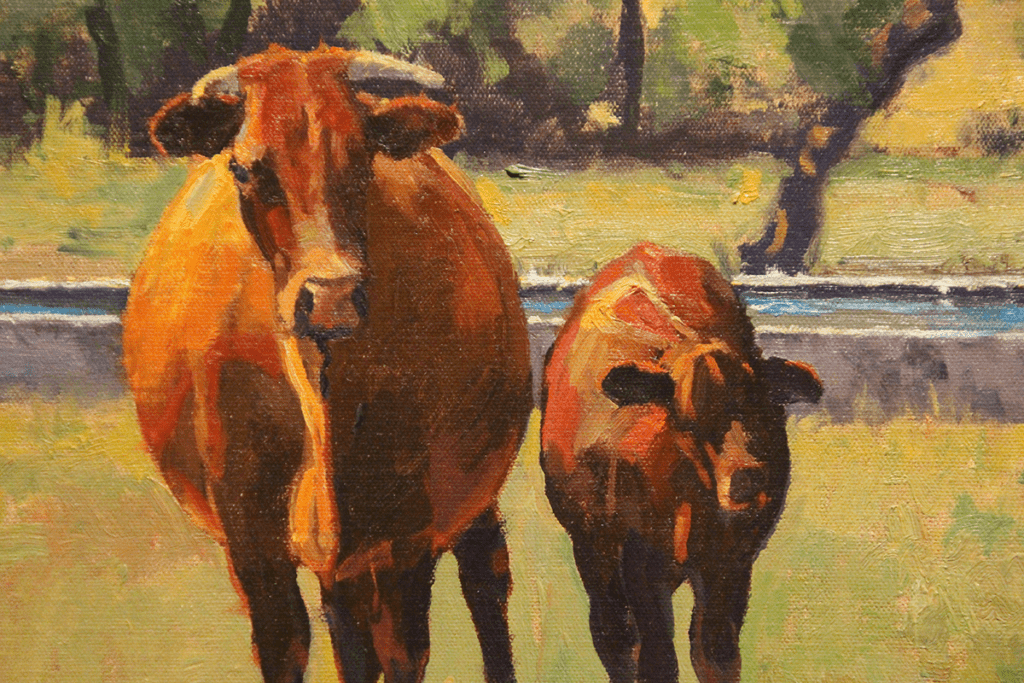
Seep Springs (Santa Gertrudis). Noe Perez, 2019, Oil on canvas.
The seep springs are an important body of water on the King Ranch that stems from the Santa Gertrudis Creek.
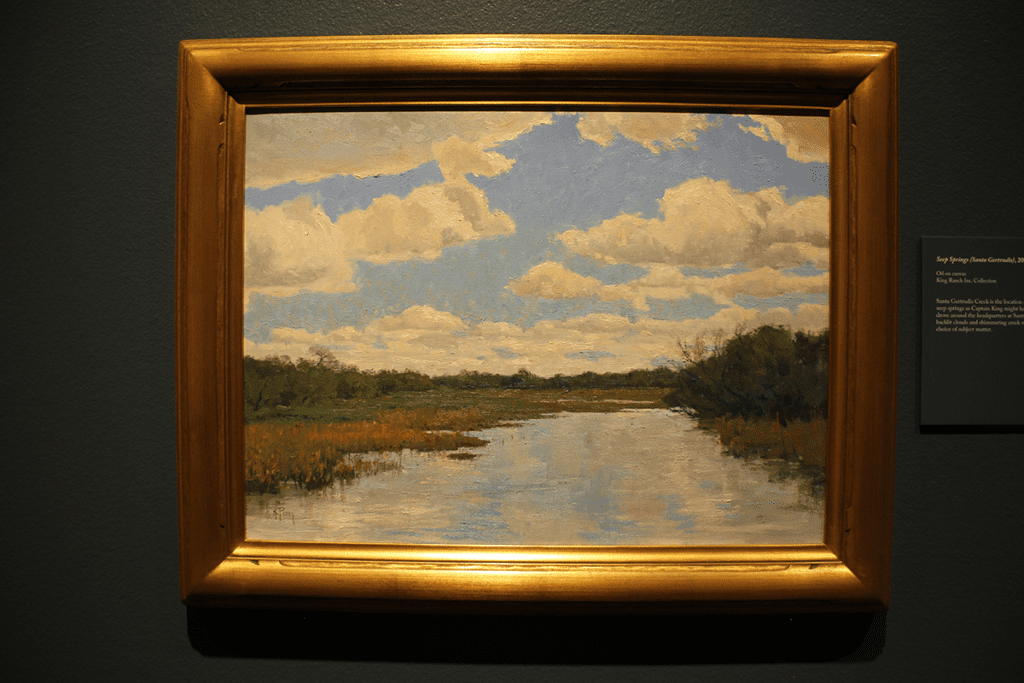
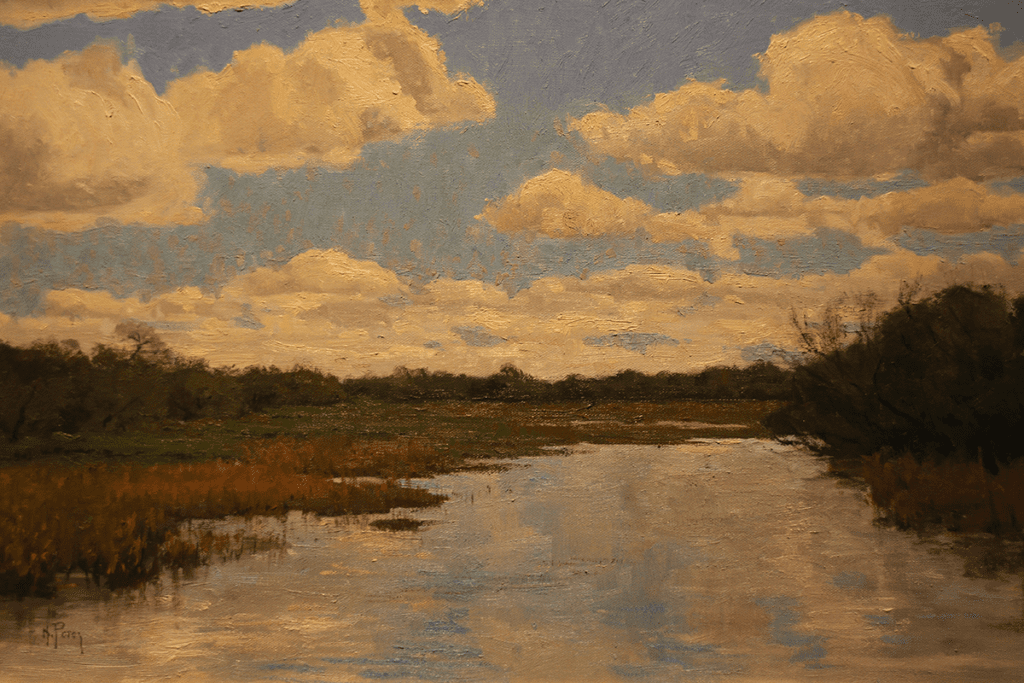
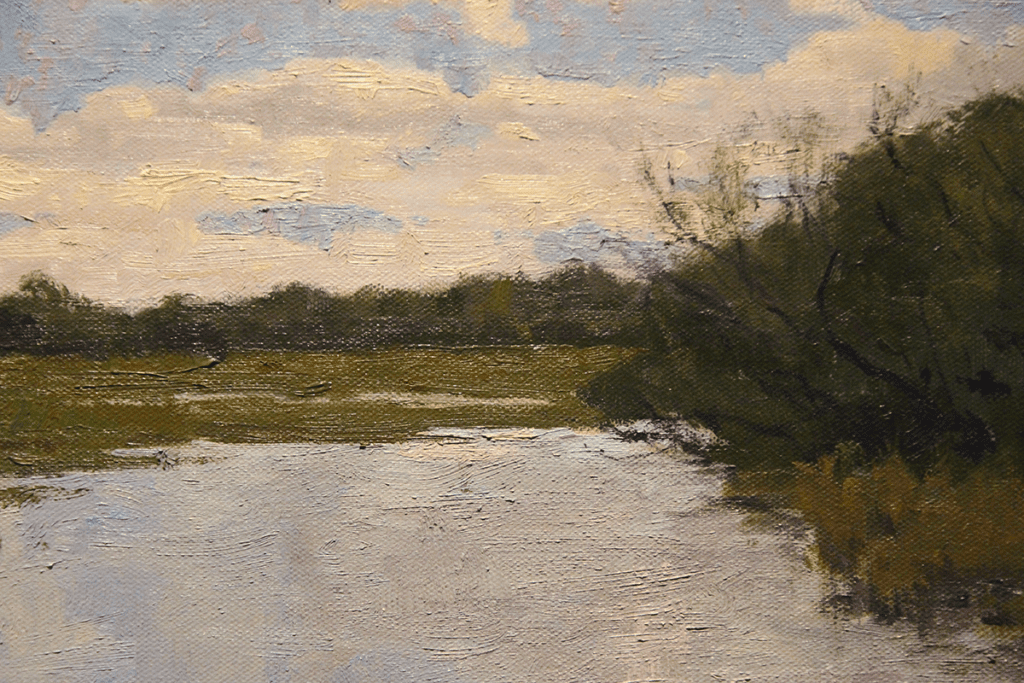
The Carriage House in Morning Light (Santa Gertrudis). Noe Perez, 2019, Oil on canvas.
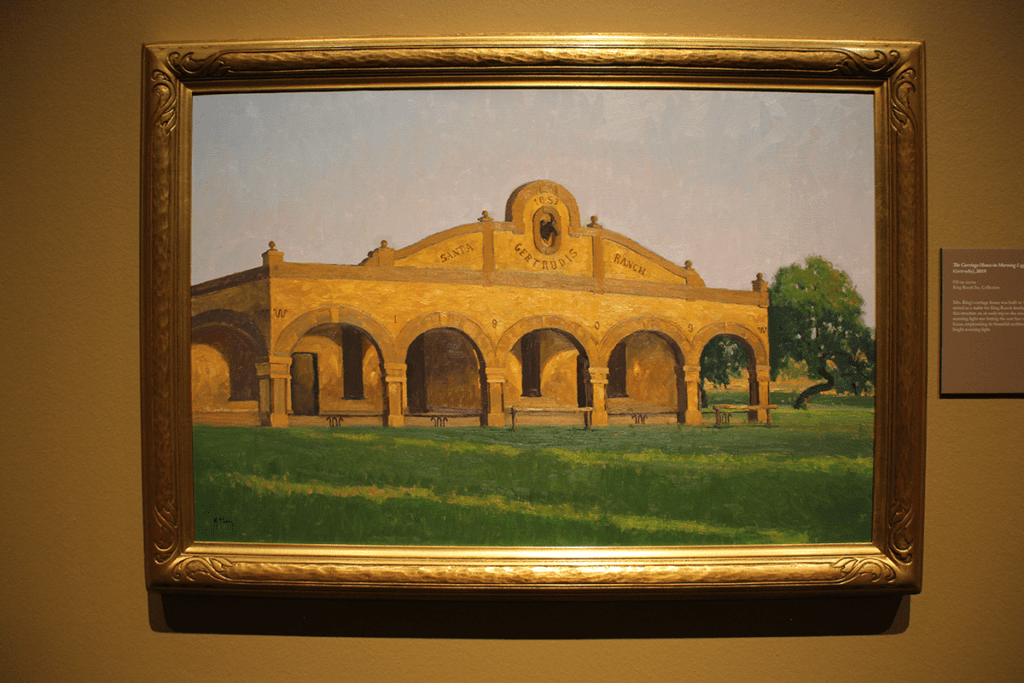

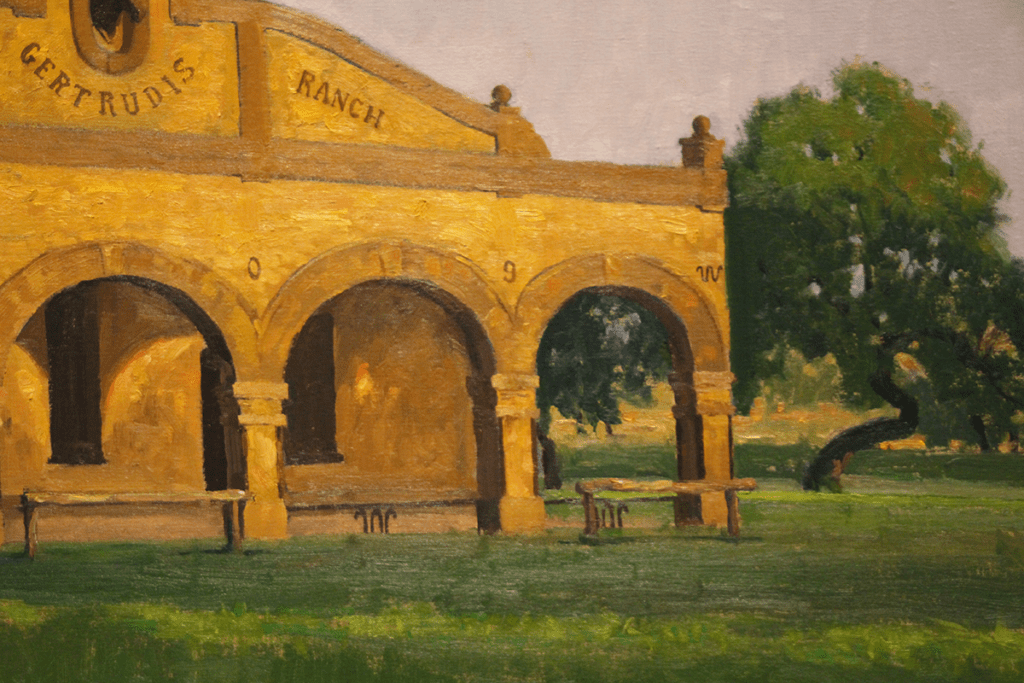
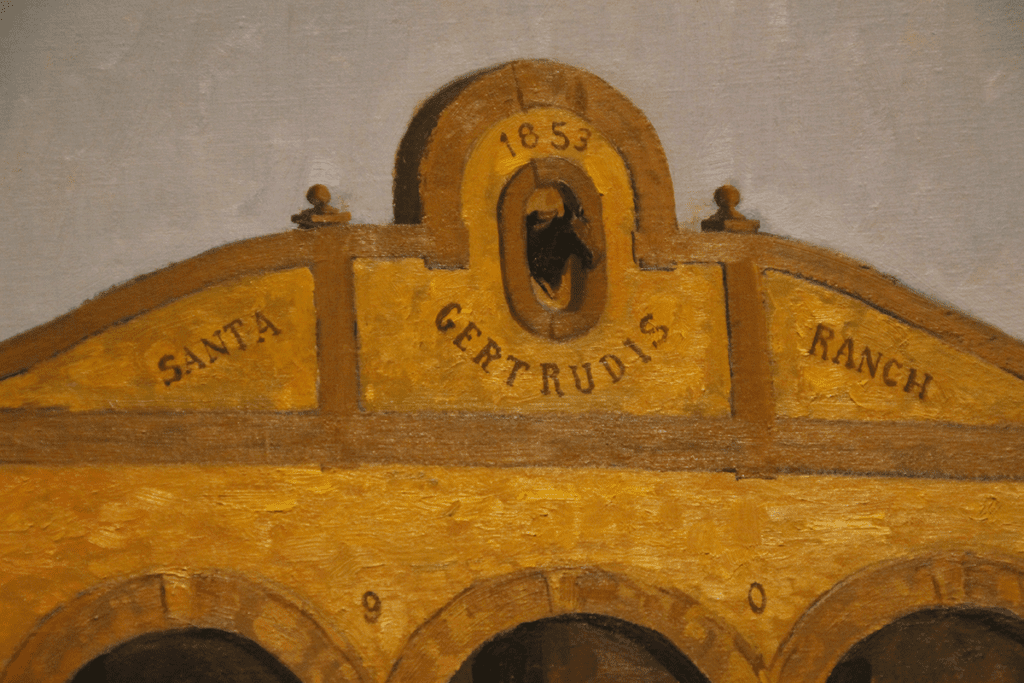
Concluding Thoughts
Today, King Ranch occupies around 825,000 acres and still plays a prominent role in Southern Texas. You can visit their website to learn more about what King Ranch is doing today to continue persevering the land and Western traditions.
We hope you enjoyed learning about King Ranch and the tradition of Los Kineños. You can visit the National Cowboy & Western Heritage Museum now through January 2, 2024, to view Noe Perez’s paintings of the King Ranch in “King Ranch: A Legacy in Art; Paintings by Noe Perez.”
We can’t wait to see you further down the trail for our next story from the American West!
Interested in learning more about King Ranch? Check out these books from Persimmon Hill store at The Cowboy!
Noe Perez, “King Ranch: A Legacy in Art.”
Sources
Book & Exhibition
Noe Perez, King Ranch: A Legacy in Art (College Station: Texas A&M University Press, 2021).
“King Ranch: A Legacy in Art; Paintings by Noe Perez” exhibition at the National Cowboy & Western Heritage Museum.
